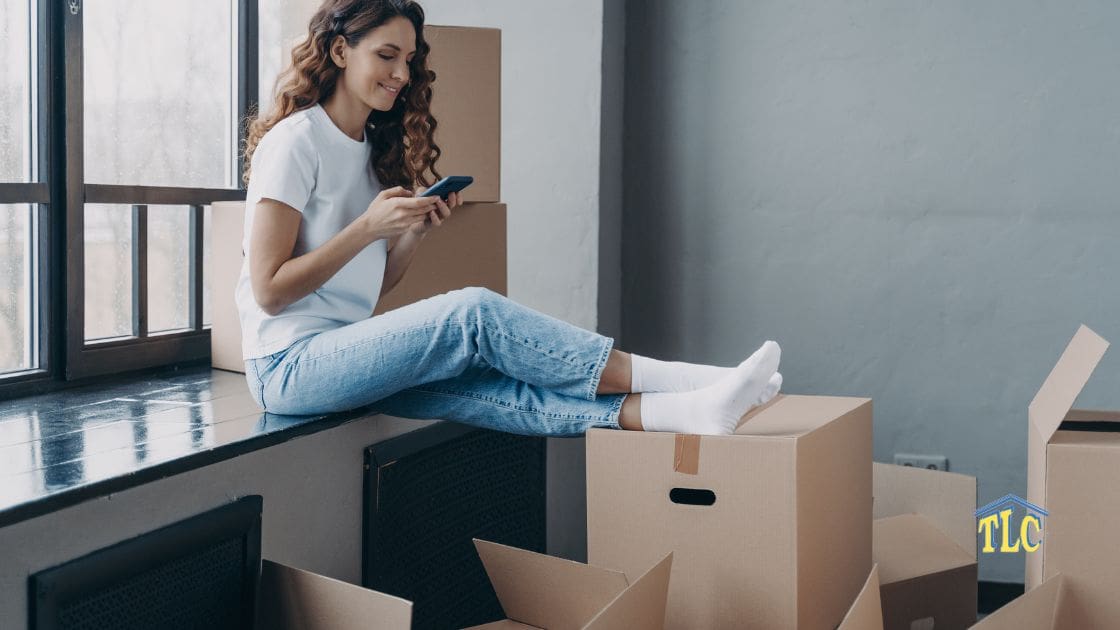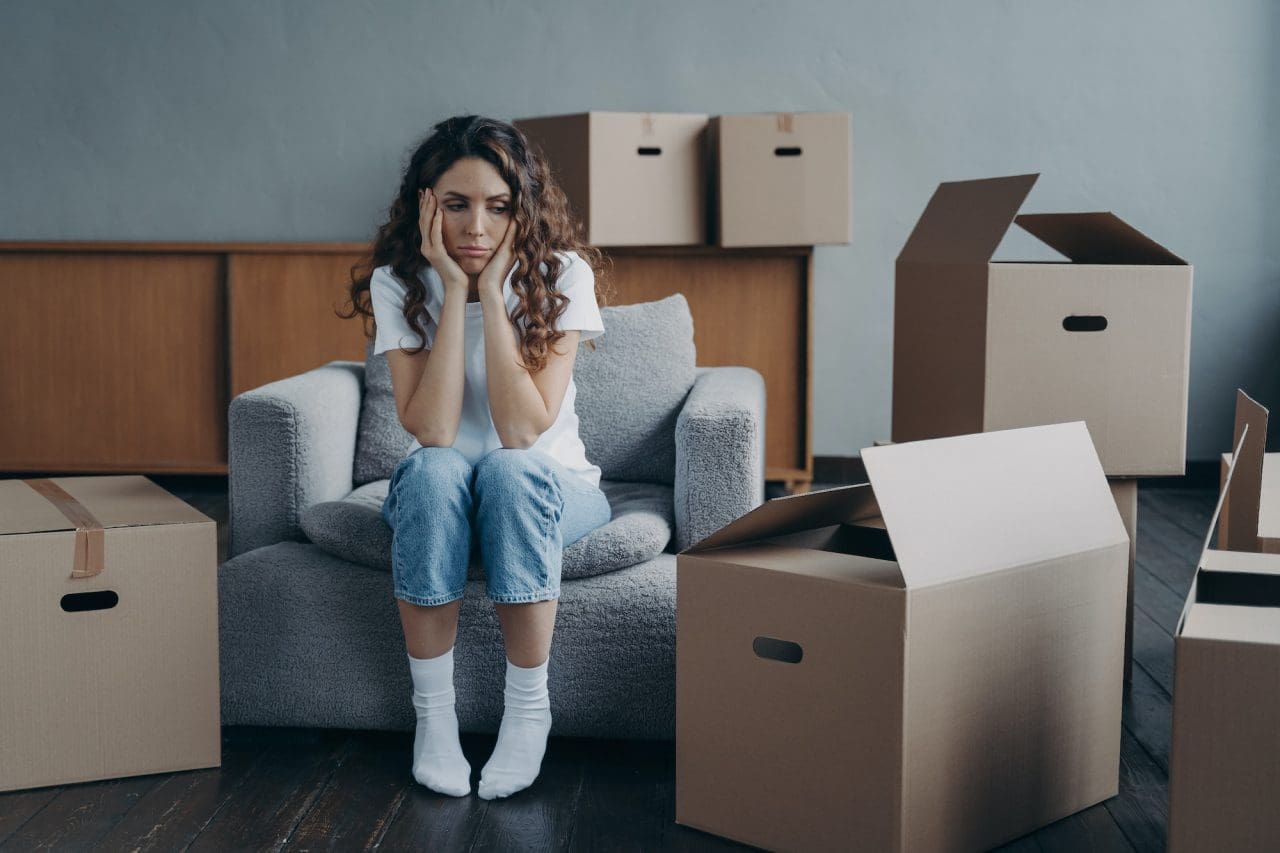Tips to Help You Find the Right Apartment for Your Needs and Lifestyle
Whether this is your first or tenth time moving in the city, this is the guide you need before you start your hunt. With information on when the best times are to find an apartment, what to look for, and tips that can save you headaches in the future, you’ll be sure to find the apartment of your dreams.
Here’s how to find a great apartment you can proudly call home!
1 – Start Early
The moment you decide you want to move, start apartment hunting. And remember that most landlords require 60 days’ notice in writing, and usually on the first of the month, for terminating a lease.
So you’ll have to keep this timeframe in mind when searching for available apartments. If you can, find an apartment first before you hand in your notice so you won’t be rushing to find a place.
The earlier you start apartment hunting, the more likely you’ll find the right place to call home instead of rushing and settling for a place because you ran out of time.
Also, keep in mind that winter is the best time to find a place since it is the slow season for moving and rent prices can be lower. November, December, and January are the slowest months, while summer is the peak moving season.
January through March is a great time to look for apartments before the peak summer season starts. But if you must move in summer, try to start apartment hunting in the fall for the upcoming year.
2 – Make a Budget
Make a monthly budget with all of your expenses to figure out how much you can afford for rent. Use this to determine your price range for apartment hunting. Your price range is a significant factor to help you narrow down your search.
Remember to include the costs of internet and utilities if they aren’t included in the rent. And don’t forget to budget for moving costs, a security deposit, and tenant’s insurance.
Be realistic with your budget. If you find a place that is a bit out of your price range, can you really afford to live there? Or will you be struggling to make ends meet each month?
While it’s nice to live in a place with luxury appliances, it may not be worth the financial stress.
3 – Research Neighbourhoods
Like in all cities, some neighbourhoods are more expensive to live in than others. Do your research to find out what’s available in your price range. Look online such as on Kijiji, Padmapper, local realtor company websites, and social media.
Also, ask friends if they know of any places for rent. Maybe one of your friends lives in a nice, clean building with affordable rent, a good landlord, and that is close to amenities.
Be sure to research the locations of apartments you’re interested in, such as what’s in walking distance—grocery stores, restaurants, banks, transit, etc. And figure out how long it would take you to get to work or school each day.
Check out the neighbourhood on Google Maps Street View and look for online reviews of apartments and landlords.
Once you’ve done your research, choose a few neighbourhoods you’d want to live in to help you narrow down your search even more.
4 – Determine Your Apartment “Must-Haves” & “Don’t-Wants”
Create a list of your likes and dislikes for your new home, or what your apartment must have and what you don’t want. For example, your must-haves could be:
[su_row][su_column size=”1/2″]
[su_list icon=”icon: dropbox” icon_color=”#0055A5″]
- Parking
- An elevator in the building
- On-site laundry
- Ample storage
[/su_list][/su_column] [su_column size=”1/2″]
[su_list icon=”icon: dropbox” icon_color=”#0055A5″]
- Pet-friendly apartments
- Balconies
- Air conditioning
- Heat included
[/su_list][/su_column] [/su_row]
And your don’t-wants could be:
[su_row][su_column size=”1/2″]
[su_list icon=”icon: dropbox” icon_color=”#0055A5″]
- Electric baseboard heating
- A small kitchen
- No storage room
[/su_list][/su_column] [su_column size=”1/2″]
[su_list icon=”icon: dropbox” icon_color=”#0055A5″]
- Poor security
- Poor view of the outdoors
- No balcony or outside space
[/su_list][/su_column] [/su_row]
You should also determine what you’re willing to compromise on. For example, do you really need in-suite laundry? Or are you willing to compromise for a cheaper apartment with laundry facilities in the building?
5 – Determine What You Need Close By
Just like your apartment must-haves, also create a list of your neighbourhood must-haves. This list is especially important if you don’t own a vehicle and you need to walk or bus to get around.
Examples of what you need close by could include:
[su_row][su_column size=”1/2″]
[su_list icon=”icon: dropbox” icon_color=”#0055A5″]
- Convenience stores
- Grocery stores
- Bus stops
- Transitways
- Mailboxes or post offices
[/su_list][/su_column] [su_column size=”1/2″]
[su_list icon=”icon: dropbox” icon_color=”#0055A5″]
- Laundromats
- Daycares
- Gyms
- Pharmacies
- Medical centres
[/su_list][/su_column] [/su_row]
6 – Set Up Viewings ASAP and Ask as Many Questions as Possible
The moment you find an apartment that suits your budget, wants, and needs, contact the housing company or landlord to set up a viewing.
Make sure to arrive at viewings prepared to sign a lease, especially during the busy season. If you love the apartment and want to rent it, then have the following with you so you can apply for the place immediately:
[su_list icon=”icon: dropbox” icon_color=”#0055A5″]
- Filled-out rental applications
- Void cheques
- Verification of income—e.g., pay stubs or income tax papers
- Employer contact information
- References—e.g., contact information for previous landlords
[/su_list]
Show up prepared to ask as many questions as possible. Create a list beforehand of everything you want to know about the place—e.g., questions about the average cost of monthly bills and what the neighbours are like.
While you’re there, do an inspection to:
[su_list icon=”icon: dropbox” icon_color=”#0055A5″]
- Test the shower for water pressure;
- Test your phone reception in every room;
- Check inside the cupboards, closets, cabinets, pantry, etc. to assess storage and look for signs of pests, such as holes in the walls;
- Measure rooms and doorways to ensure any large furniture will fit; and
- Check the laundry room, storage units, and parking garage.
[/su_list]
7 – Tour the Local Area of the Apartment You’re Looking At
Get a feel for the neighbourhood by walking and driving around before your viewing. You might feel right at home in the neighbourhood and love what’s nearby. Or, you might not like the neighbourhood and prefer to live elsewhere.
8 – Read the Lease before You Sign
Your lease is a contractual agreement between you and your landlord. So before you sign it, read it carefully so you know what you’re getting into. The lease should outline what your responsibilities are as a tenant, as well as your landlord’s responsibilities.
By knowing what’s in your lease, you will be better prepared and can avoid any issues or arguments down the road.
9 – Act Fast and Trust Your Gut
If you love the apartment and the neighbourhood, and you feel good about living there, then apply for the apartment ASAP—ideally, at the viewing. The next person to come along could apply for it and get the apartment if you don’t put in your application.
But if it doesn’t feel right, don’t submit an application.
10 – Hire the Right Movers When it’s Time to Move!
Once you’ve found and secured an apartment, it’s time to start hunting for reliable moving companies. With a moving date in mind, book your movers as soon as you can to ensure you can move into your new home when you’re ready.
Keep these tips in mind to ensure your apartment hunting goes smoothly. The more organized and less rushed you are, the more likely you’ll find the right apartment you can call home.







